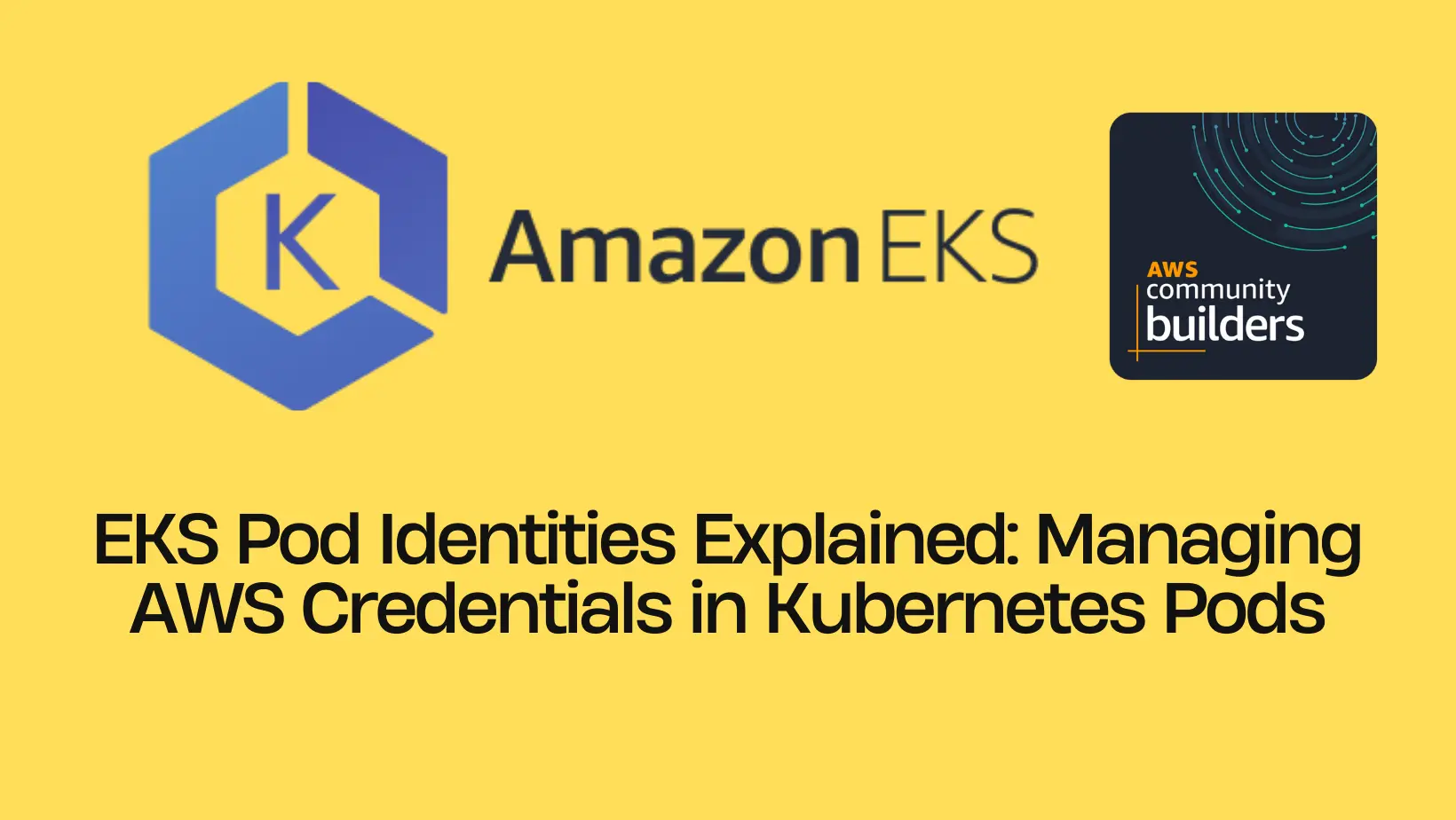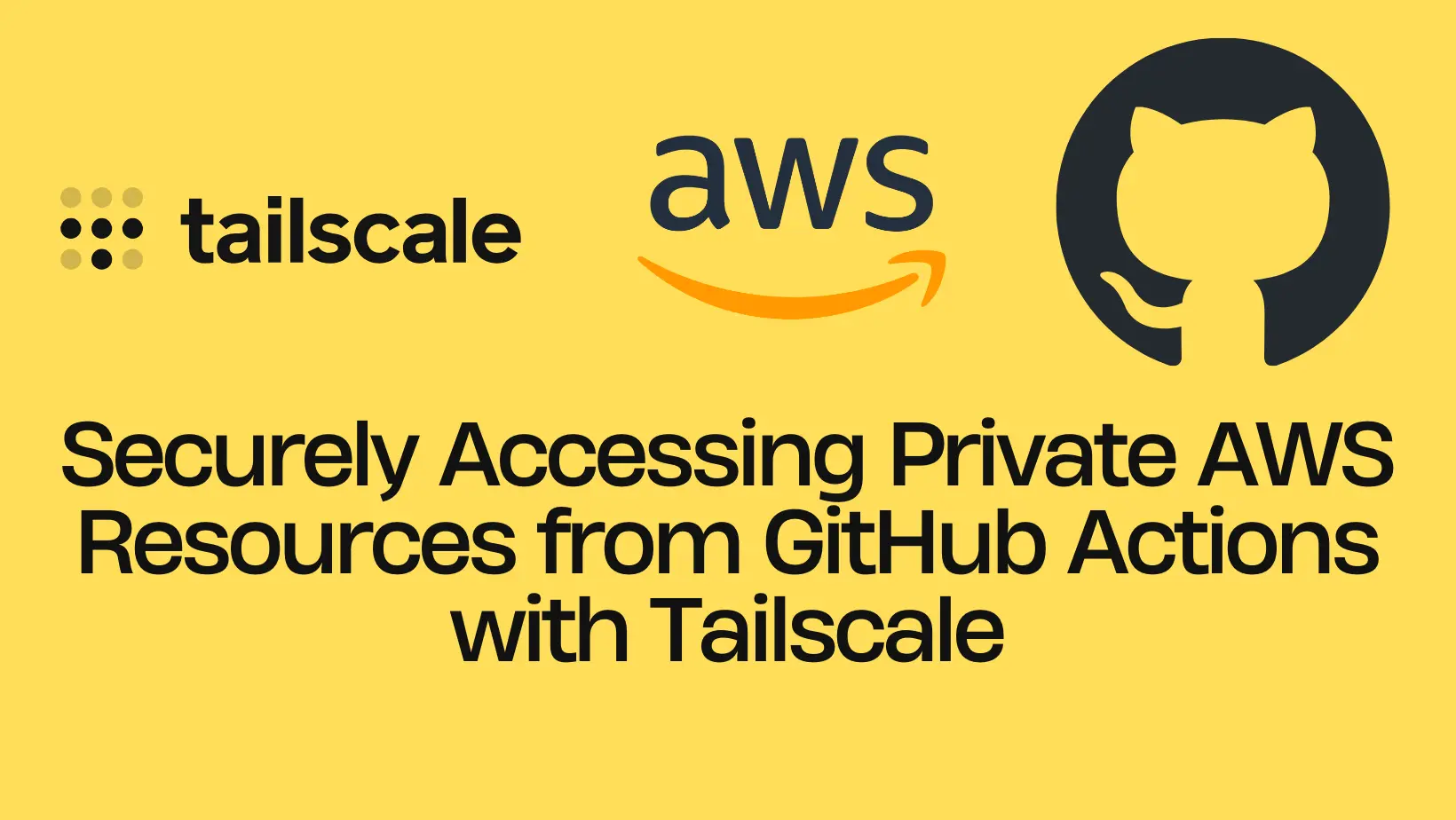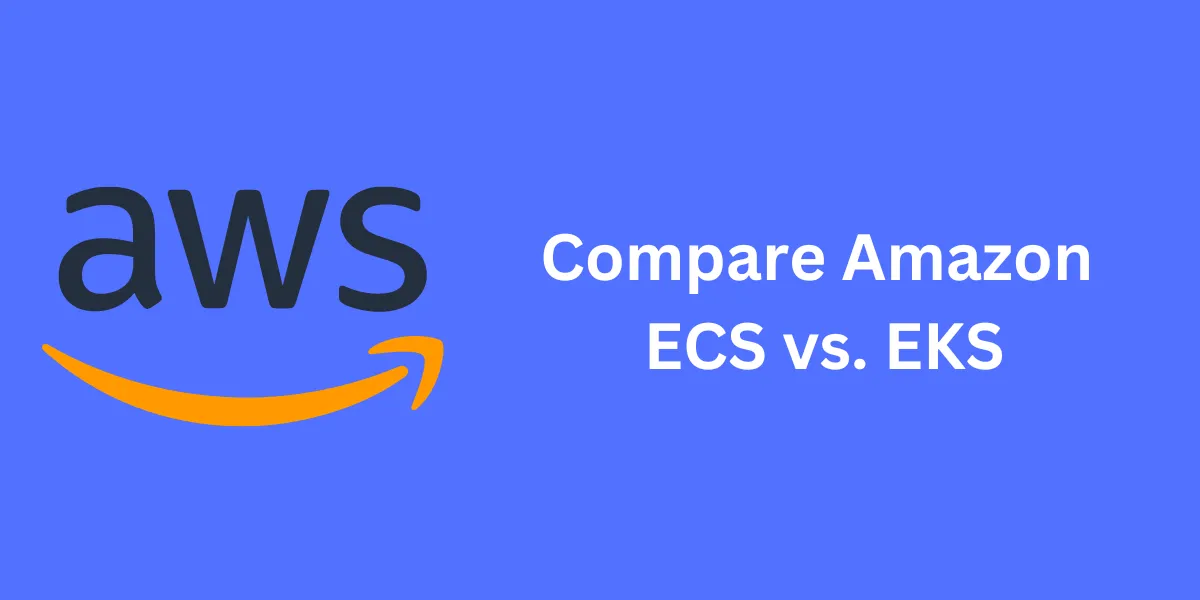
EKS Pod Identities Explained: Managing AWS Credentials in Kubernetes Pods
In the latest AWS re:Invent, the EKS team introduced a new feature called Pod Identity. This feature makes it easier to manage IAM credentials in Kubernetes applications. In the past, applications in a pod could use AWS SDK or aws cli to make API requests to AWS services, leveraging AWS Identity and Access Management (IAM) permissions. With EKS Pod Identities, there’s now a simpler way to manage credentials for your EKS applications, similar to how Amazon EC2 instance profiles access credentials to interact with other services....



